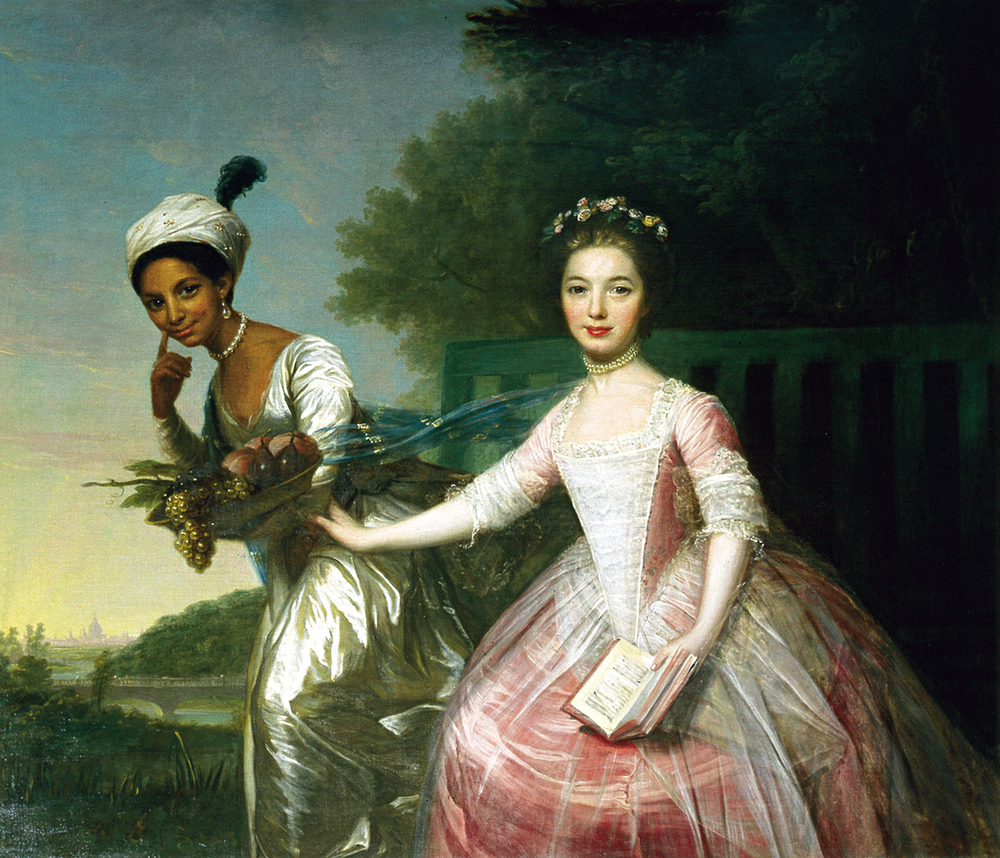A Portrait of Modern Britain
Policy Exchange
London, England
2014-05-06
100 pages
ISBN: 978-1-907689-76-5
Rishi Sunak, Head of the Black and Minority Ethnic (BME) Research Unit
Saratha Rajeswaran, Deputy Head of the Black and Minority Ethnic (BME) Research Unit
People from ethnic minority backgrounds will make up nearly a third of the UK’s population by 2050.
A Portrait of Modern Britain reveals that the five largest distinct Black and Minority Ethnic (BME) communities could potentially double from 8 million people or 14% of the population to between 20-30% by the middle of the century. Over the past decade, the UK’s White population has remained roughly the same while the minority population has almost doubled. Black Africans and Bangladeshis are the fastest growing minority communities with ethnic minorities representing 25% of people aged under the age of five.
The handbook draws on an extensive set of survey, census, academic and polling data to build up a detailed picture of the five largest minority groups in the UK – Indians, Pakistanis, Bangladeshis, Black Africans and Black Caribbeans. The paper outlines the demographics, geography, life experiences, attitudes and socioeconomic status of each of these major ethnic groups. The purpose of the research is to show that there are clear and meaningful differences between each of these communities, which need to be fully understood by policymakers and politicians.
The study also reveals that while the face of Britain has changed and is continuing to become even more multi-racial, people from ethnic minority backgrounds have a far stronger association with being British than the White population. In the 2011 Census, only 14% of Whites identified themselves as being purely British, with 64% seeing themselves as purely English. All other ethnic minority communities were over four times more likely to associate themselves with being British. 71% of Bangladeshis and 63% of Pakistanis considered themselves purely British. A quarter of the Black Caribbean community see themselves as purely English, while just over half (55%) see themselves as just British…
Introduction
The face of Britain has changed. Among the heroes of Britain’s 2012 Olympic triumph were a Somali immigrant and a mixed-race girl from Yorkshire. Mo Farah and Jessica Ennis captured the spirit of the nation and came to represent Britain’s incredible diversity. Black and Minority Ethnic (BME) people now make up a significant and fast-growing part of the population. However, understanding of these communities has not kept up with their rising importance.
From a political perspective, few attempts have been made to properly understand Britain’s minority communities and there is a tendency in the media to assume that all BME communities can be treated as a single political entity – as if all ethnic minorities held similar views and lived similar lives.
But clearly there is no single ‘BME community’. Over 100 different languages are spoken on London’s playgrounds alone. Families that came to the UK decades ago from the Caribbean will be quite different to recent arrivals from Somalia, or indeed Indian immigrants from East Africa. And single ethnic identities are themselves becoming more complex due to the growth of the Mixed population and generational change.
This report starts to answer the question: ‘Who are Britain’s BME communities?’ It draws on an extensive set of survey, census, academic and polling data to build up a detailed portrait of the five largest minority communities in the UK. The report outlines the demographics, geography, life experiences, attitudes and socioeconomic status of each of these major ethnic groups. These research findings are brought to life through ‘pen portraits’ from contributors spanning the worlds of politics, medicine, media, social action and religion.
The report’s conclusions are clear. BME communities will continue to become an ever more significant part of Britain. There are clear and striking differences between communities. These differences should be understood by policymakers and politicians. A Portrait of Modern Britain serves as a rich, authoritative and accessible reference guide to furthering that understanding…
Read the entire summary here. Read the entire report here.

